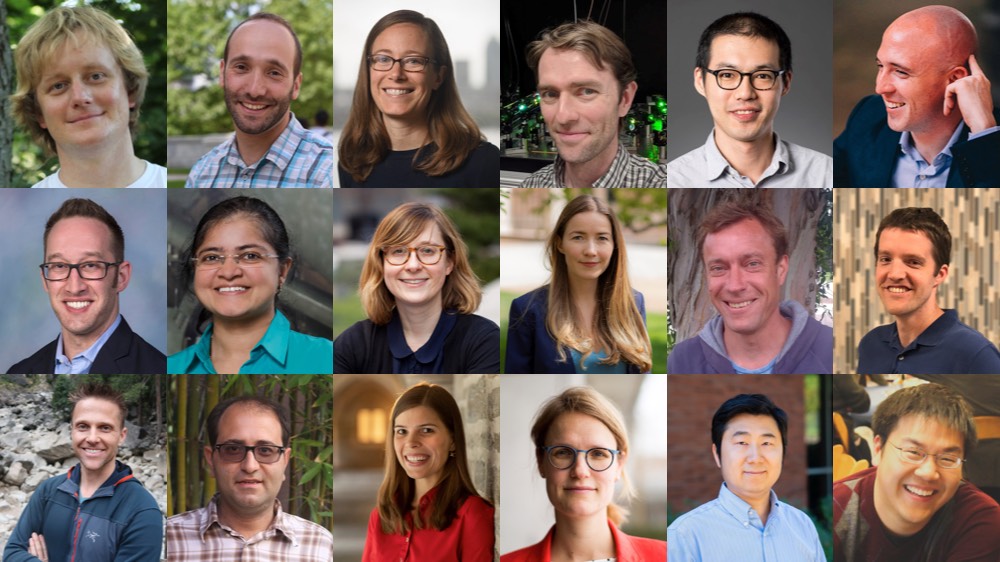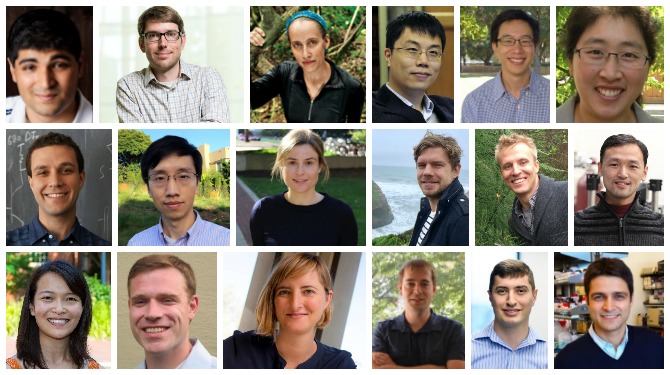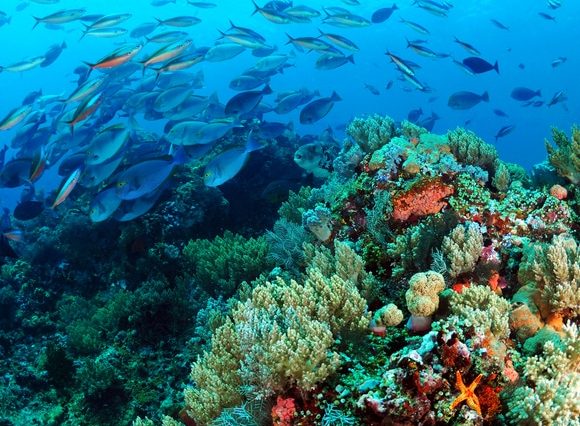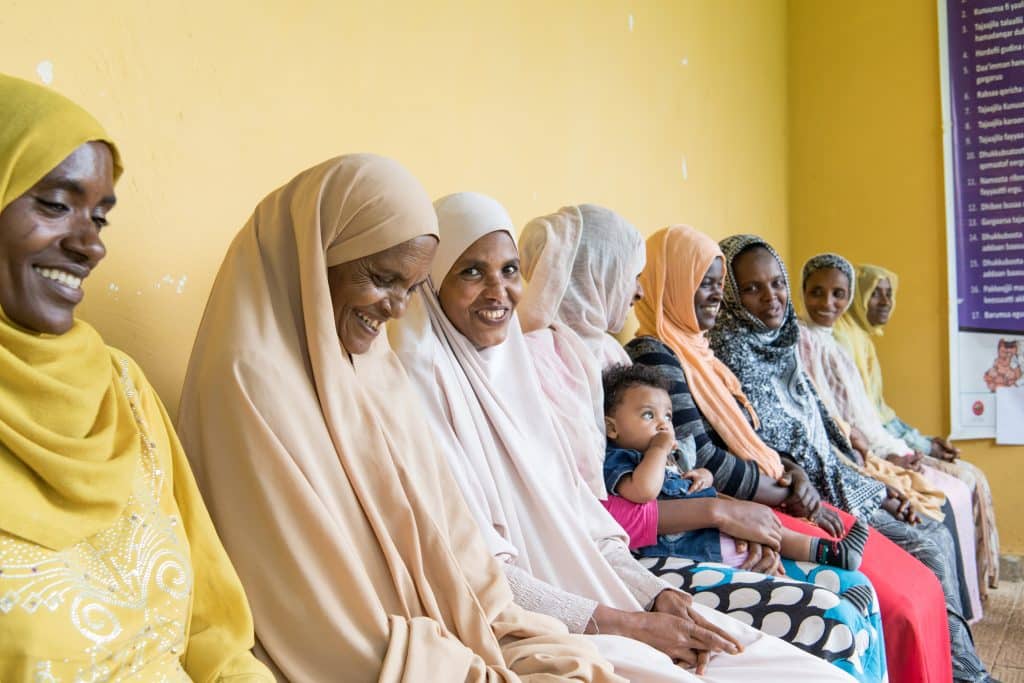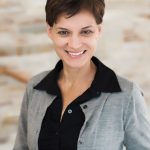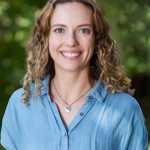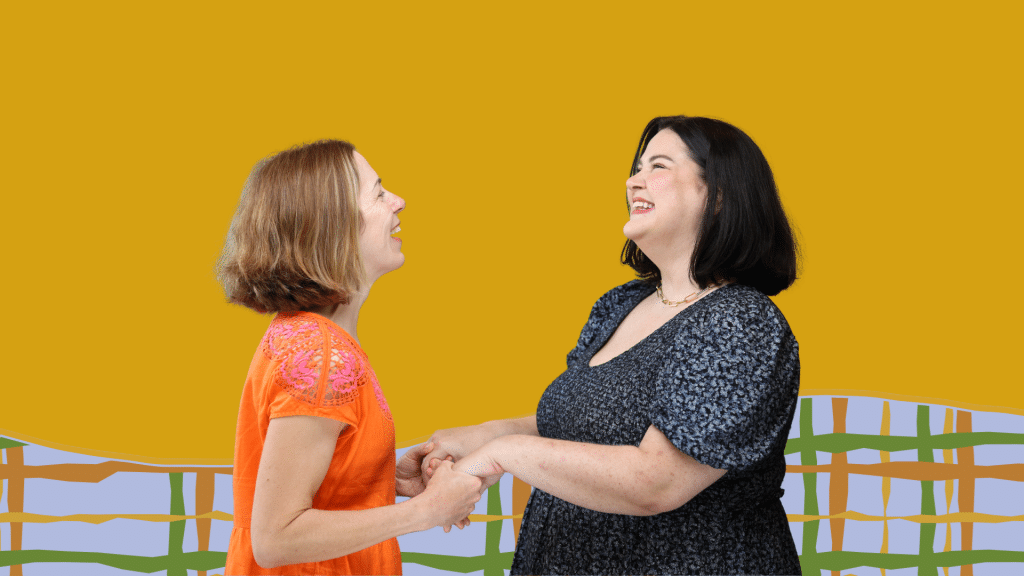October 15, 2020 (Los Altos, CA) – Today, the David and Lucile Packard Foundation announced the 2020 class of Packard Fellows for Science and Engineering. This year’s class features 20 innovative early-career scientists and engineers, who will each receive $875,000 over five years to pursue their research.
The Packard Fellowships in Science and Engineering are among the nation’s largest nongovernmental fellowships, designed to allow maximum flexibility in how the funding is used. Since 1988, this program has supported the blue-sky thinking of scientists and engineers whose research over time has led to new discoveries that improve people’s lives and enhance our understanding of the universe. Packard Fellows are at the cutting edge of research into crucial issues like COVID-19 and climate change, and have gone on to receive the highest accolades, including Nobel Prizes in Chemistry and Physics, the Fields Medal, the Alan T. Waterman Award, the Breakthrough Prize, the Kavli Prize, and elections to the National Academies of Science, Engineering, and Medicine. Notably, all three U.S. women who won the Nobel Prize in the past three years are Packard Fellows: Frances Arnold, Jennifer Doudna, and Andrea Ghez.
“Now more than ever, we need science,” said Frances Arnold, Chair of the Packard Fellowships Advisory Panel, 2018 Nobel Laureate in Chemistry, and 1989 Packard Fellow. “In a year when we are confronted by the devastating impacts of a global pandemic, racial injustice, and climate change, these 20 scientists and engineers offer us a ray of hope for the future. Through their research, creativity, and mentorship to their students and labs, these young leaders will help equip us all to better understand and address the problems we face.”
Packard Fellows also gather at an annual meeting to discuss their research, where conversations have led to collaborations across disciplines. This year, due to COVID-19, for the first time ever the annual meeting went virtual, and Fellows gathered online at #OurVirtualCoast. The Fellows explored each other’s research virtually, and discussed pressing topics including the latest on COVID-19 research and approaches to diversity, equity, and inclusion in academia. Collaborations with the Monterey Bay Aquarium Research Institute and A Capella Science even added some relaxation and fun to the meeting.
“I was excited, surprised, and energized all at once,” said Erich Jarvis, Packard Fellowships Advisory Panel Member, Alan T. Waterman Award recipient, and 2000 Packard Fellow, on returning to his first annual meeting since he himself was a Fellow. “Packard Fellows are shaping the future of research and academia, and I know I will be just as invigorated and inspired by this 2020 class of Fellows when we gather in one way or another next year.”
The Fellowships program was inspired by David Packard’s commitment to strengthen university-based science and engineering programs in the United States. He recognized that the success of the Hewlett-Packard Company, which he cofounded, was derived in large measure from research and development in university laboratories. Since 1988, the Foundation has awarded $447 million to support 637 scientists and engineers from 54 national universities.
“My grandfather created this program inspired by his deep respect for the power of science and engineering and how those disciplines are essential to driving progress,” said David Orr, Packard Foundation Board Chair and grandson of David Packard. “He loved learning about the Fellows’ cutting-edge research findings and their creative approaches to discovery. Especially in these challenging times, it’s such an honor to be able to continue his legacy, and so on behalf of the Foundation, I’m thrilled to welcome this new class of brilliant scientists and engineers.”
The recipients of the 2020 Packard Fellowships in Science and Engineering are:
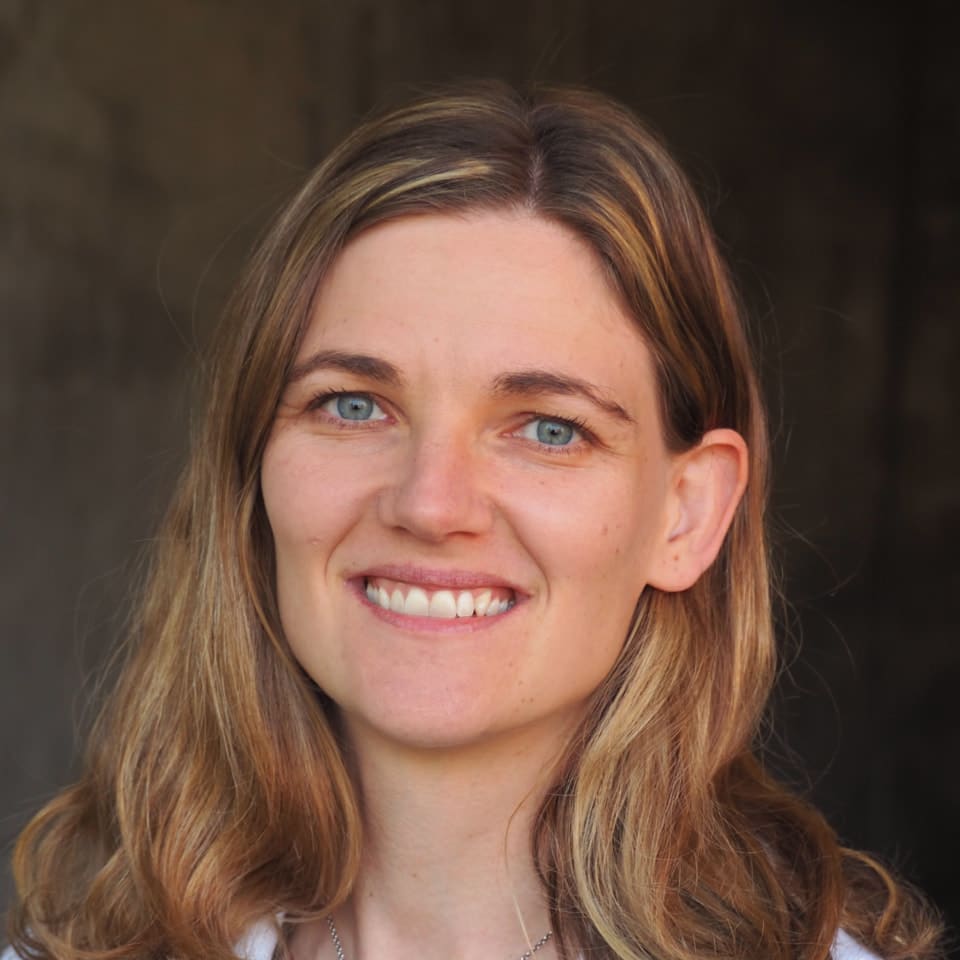
Keriann Backus
Department of Biological Chemistry, University of California, Los Angeles
Discipline: Chemistry
Protein interactions are at the core of nearly all cellular processes required for life. By developing and applying new high throughput methods to pinpoint precisely where and when contacts occur, Backus’s group seeks to decipher the impact and therapeutic relevance of the millions of interactions occurring within every cell.
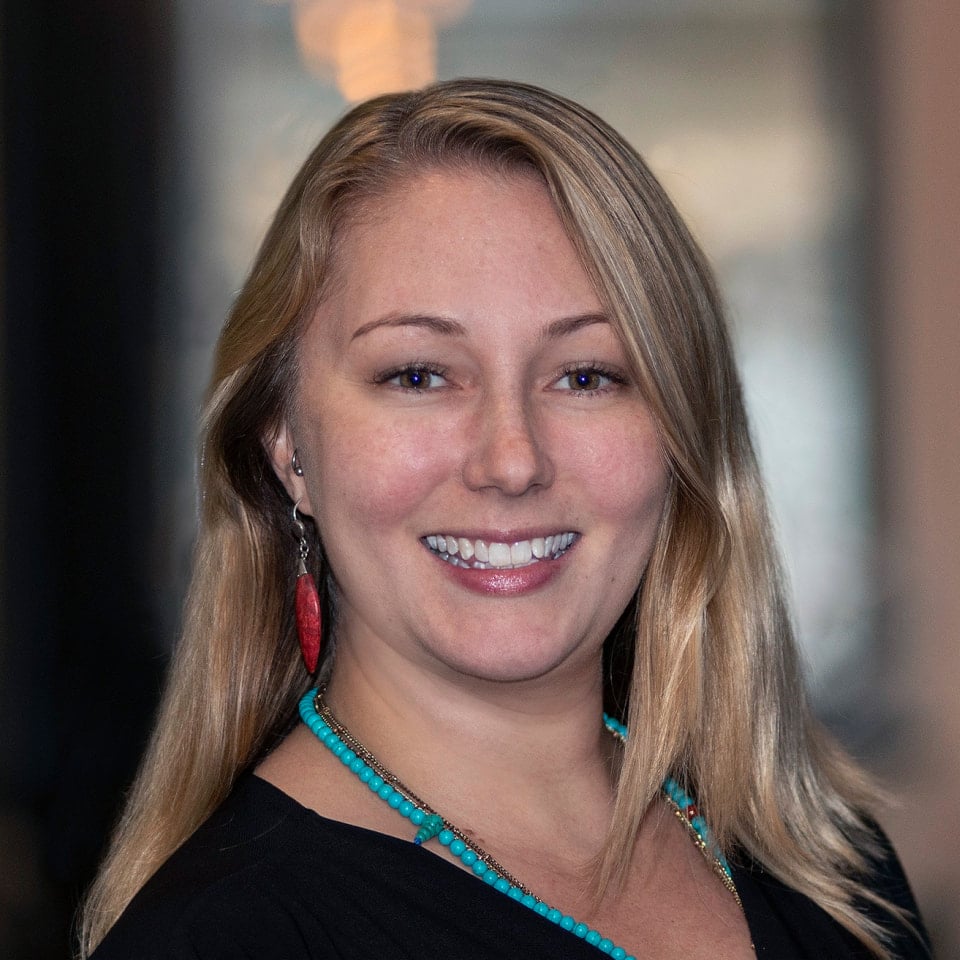
Blakesley Burkhart
Department of Physics and Astronomy, Rutgers, the State University of New Jersey
Discipline: Astronomy, Astrophysics, Cosmology
Characterizing turbulence in the interstellar medium of galaxies is of paramount importance to star and planet formation. Using a combination of numerical simulations, machine learning techniques, and analytic calculations, the Burkhart research group is pursuing a deeper understanding of the role of turbulence in a range of astrophysical environments.
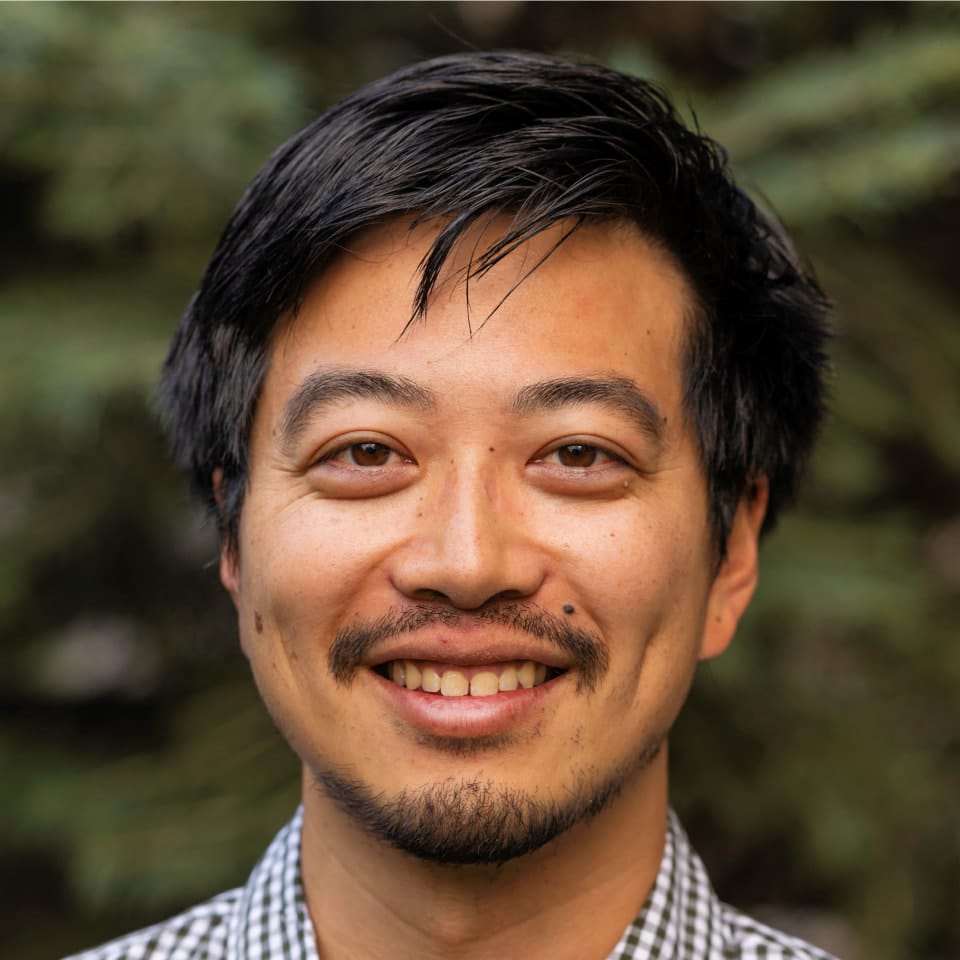
Edward Chuong
BioFrontiers Institute, University of Colorado, Boulder
Discipline: Biological Sciences
Vertebrate genomes are teeming with virus-like parasites known as transposons. Transposons are usually detrimental to the host, but they can also catalyze host evolution. Using genomic and experimental approaches, the Chuong lab is investigating an emerging link between transposons and variation in immune responses across individuals and species.
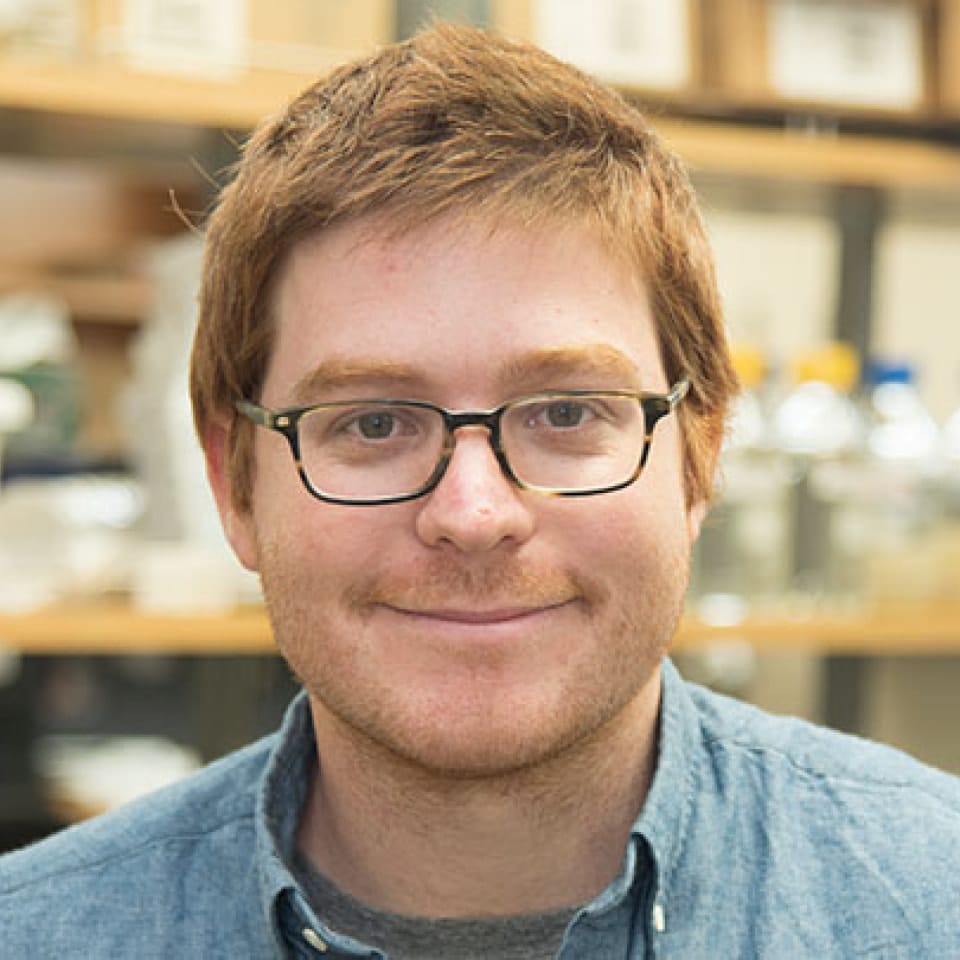
Scott Coyle
Department of Biochemistry, University of Wisconsin, Madison
Discipline: Biochemistry
Cells organize molecules and chemistry to move through, interact with, and respond to their environment to perform complex behaviors like tiny robots. By reverse engineering these systems, Coyle’s lab will develop practical models of the cell as a machine whose behavior can be understood, predicted, and controlled.
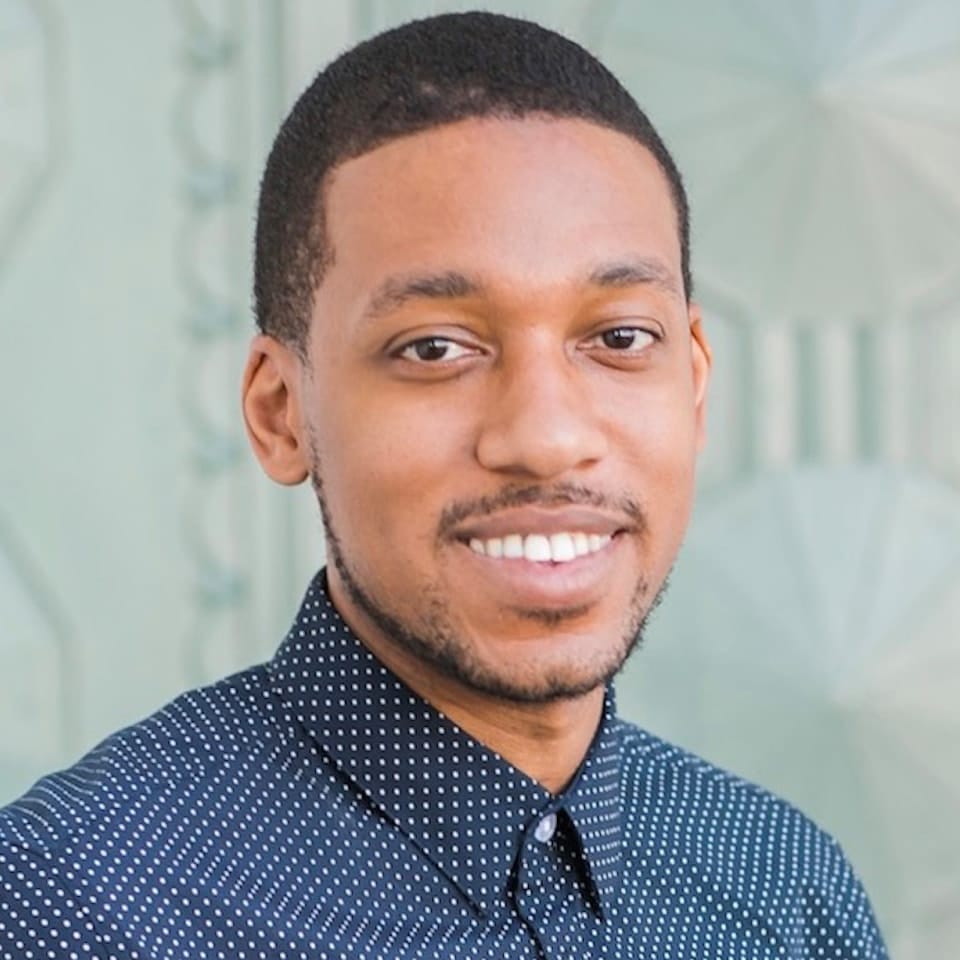
Lorin Crawford
Department of Biostatistics, Brown University
Discipline: Biological Sciences
As sequencing and imaging technologies continue to improve, there is a growing need for novel statistical tools to better analyze the biological data that they produce. The Crawford group develops scalable machine learning algorithms that uncover how genomic features affect the architecture of complex traits and contribute to disease etiology.
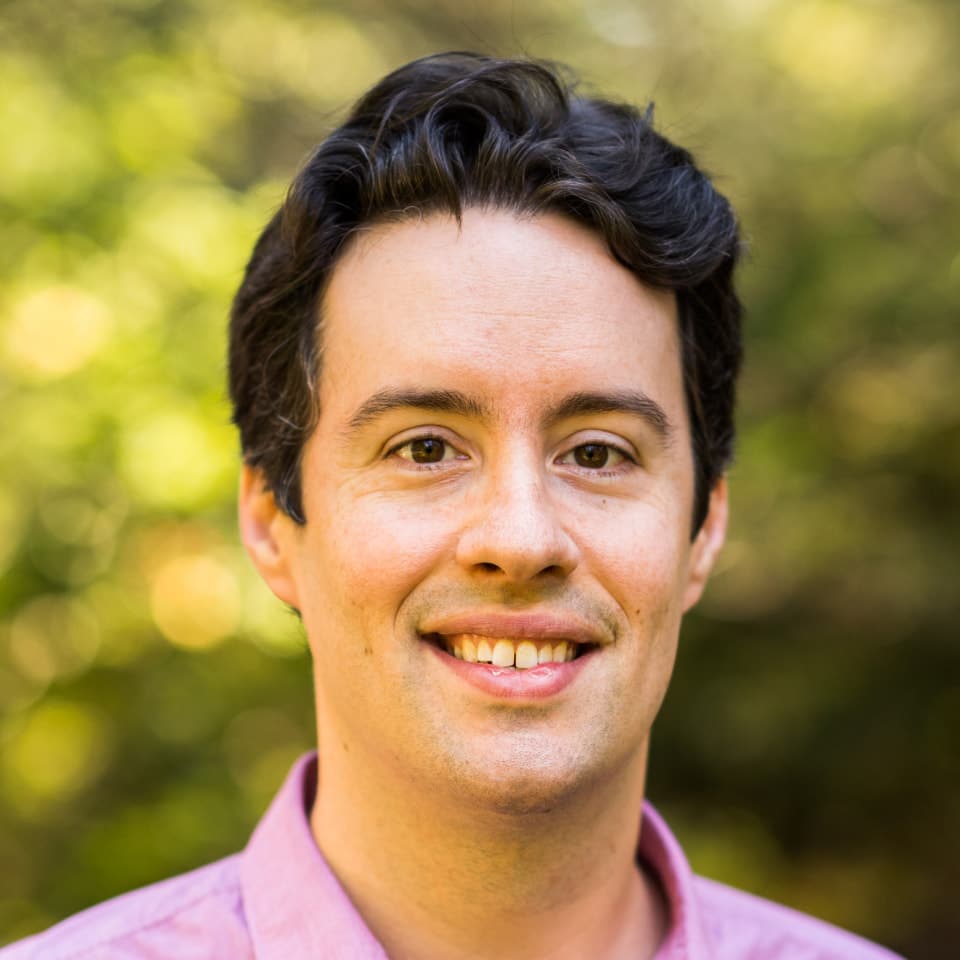
Daniel Harlow
Department of Physics, Massachusetts Institute of Technology
Discipline: Physics
Black holes are the most extreme objects in the universe, and to understand them requires combining the twin foundations of modern physics: quantum mechanics and Einstein’s general relativity. Harlow uses ideas from quantum computation to attack this problem, generating new insights about both black holes and quantum computers.
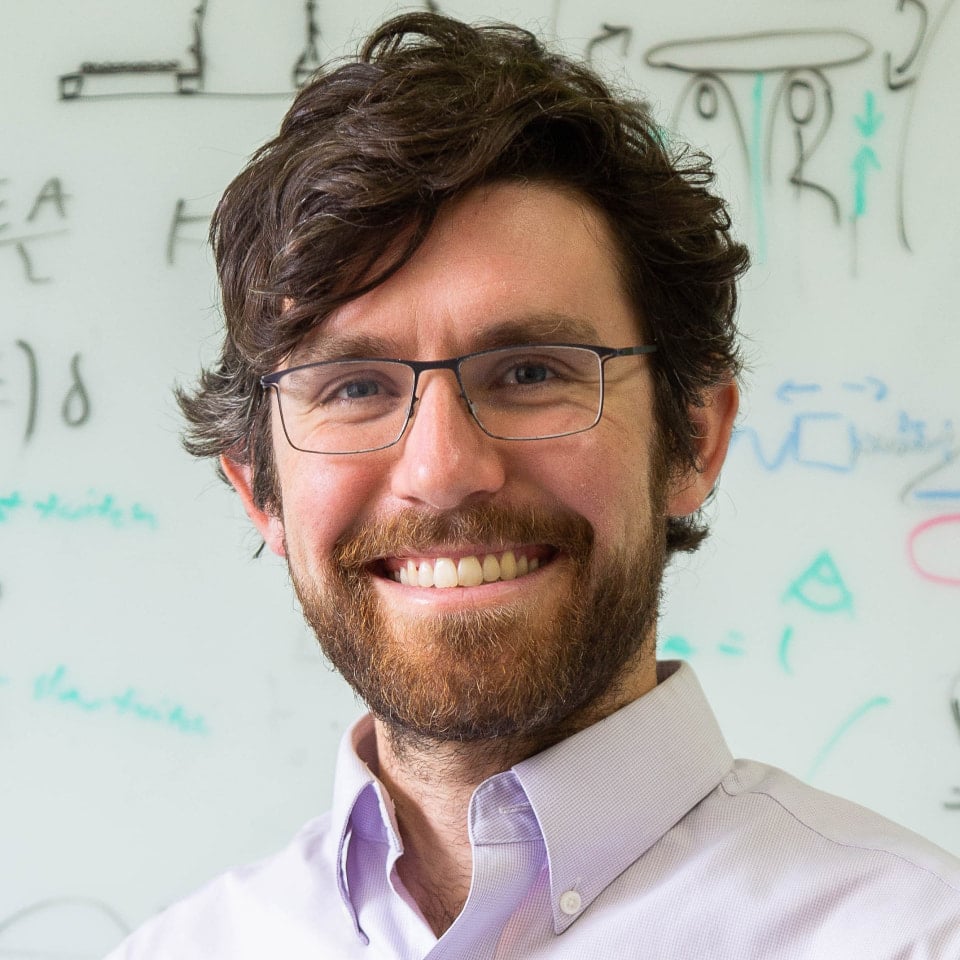
Elliot Hawkes
Department of Mechanical Engineering, University of California, Santa Barbara
Discipline: Engineering – Civil or Mechanical
The research of the Hawkes Lab is at the intersection of design, mechanics, and materials. The lab develops novel mechanisms and applies non-traditional materials to solve challenging problems in robotics, medicine, and biomechanics. The Hawkes Lab envisions robust, adaptable, human-safe artificial systems that thrive in the uncertain, unstructured environments of the real world.
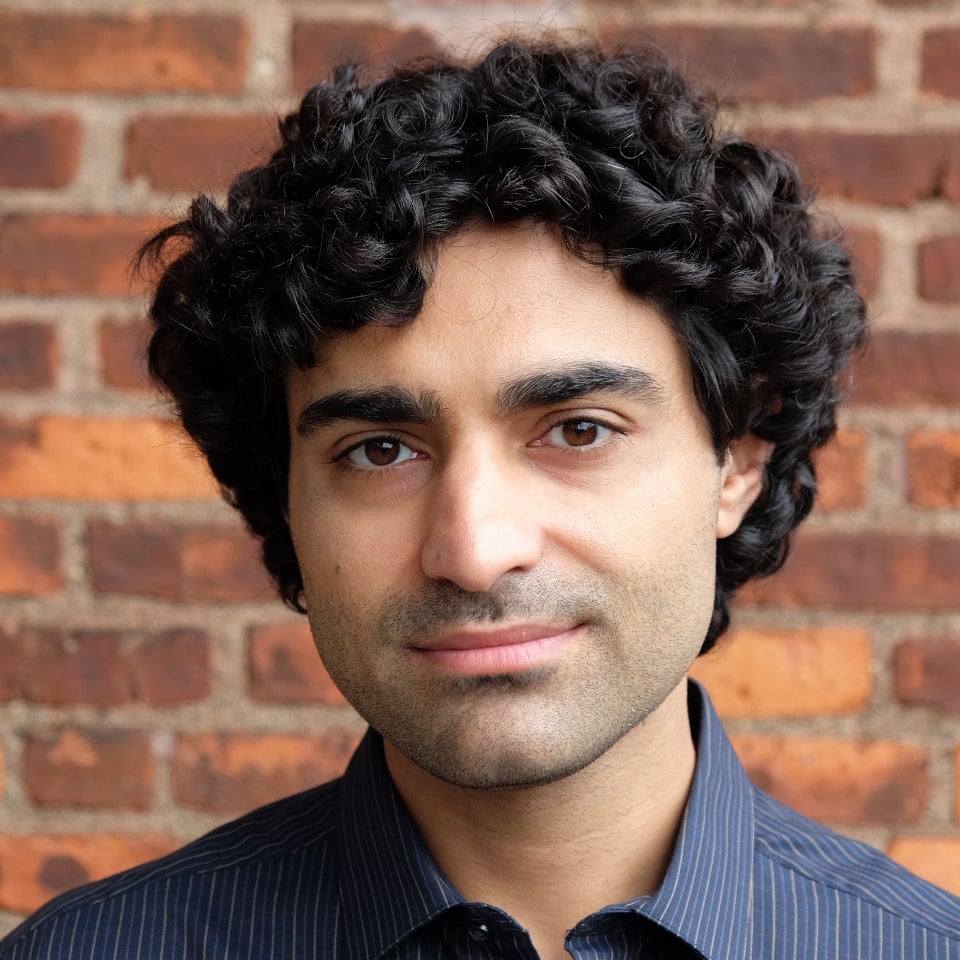
Reza Kalhor
Department of Biomedical Engineering, Johns Hopkins University
Discipline: Engineering – Chemical or Biological
The zygote—a single cell—develops into a full organism through a remarkably complex path of orchestrated division and differentiation events. The Kalhor Lab develops new molecular and computational strategies to map development in mammals. These approaches will help address how genes and the environment affect embryonic development.
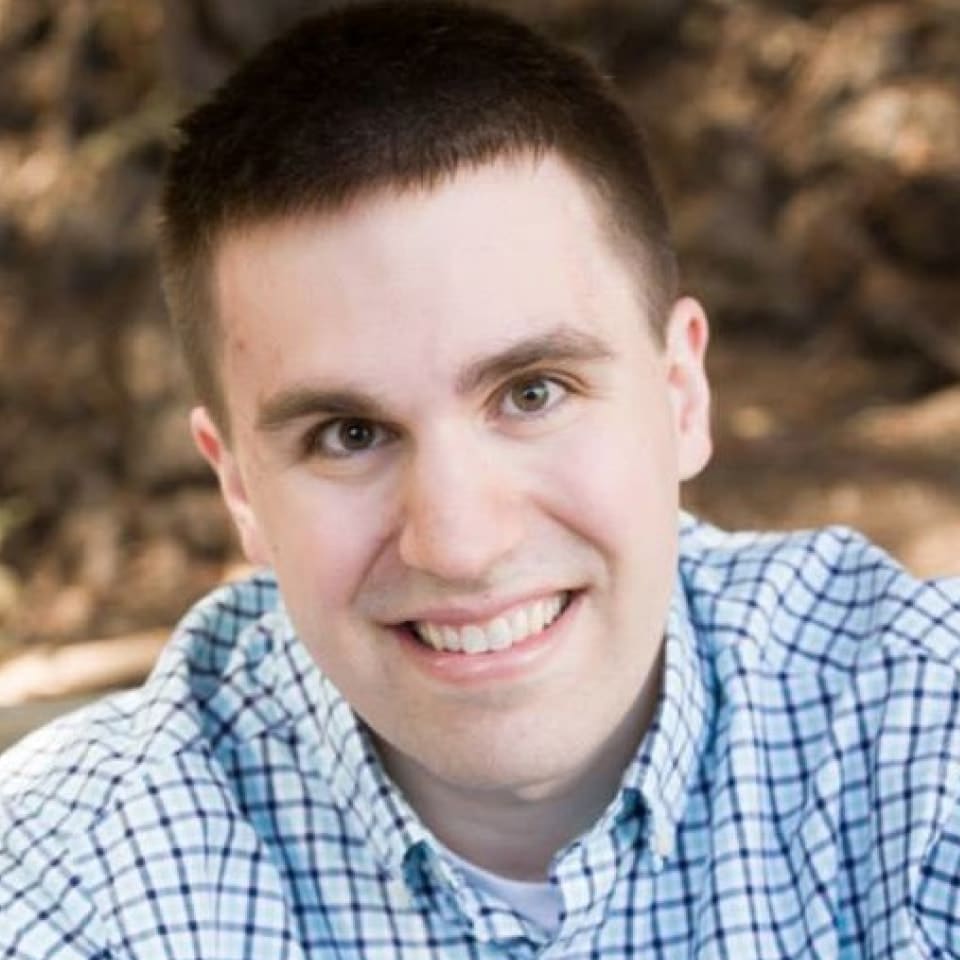
Timothy Kovachy
Department of Physics and Astronomy, Northwestern University
Discipline: Physics
The Kovachy Research Group is developing atom interferometers in which each atom is placed in a quantum superposition of two macroscopically separated locations at the same time. These instruments offer the potential to probe quantum mechanics in an unexplored regime, search for dark matter, and detect gravitational waves in a new frequency range.
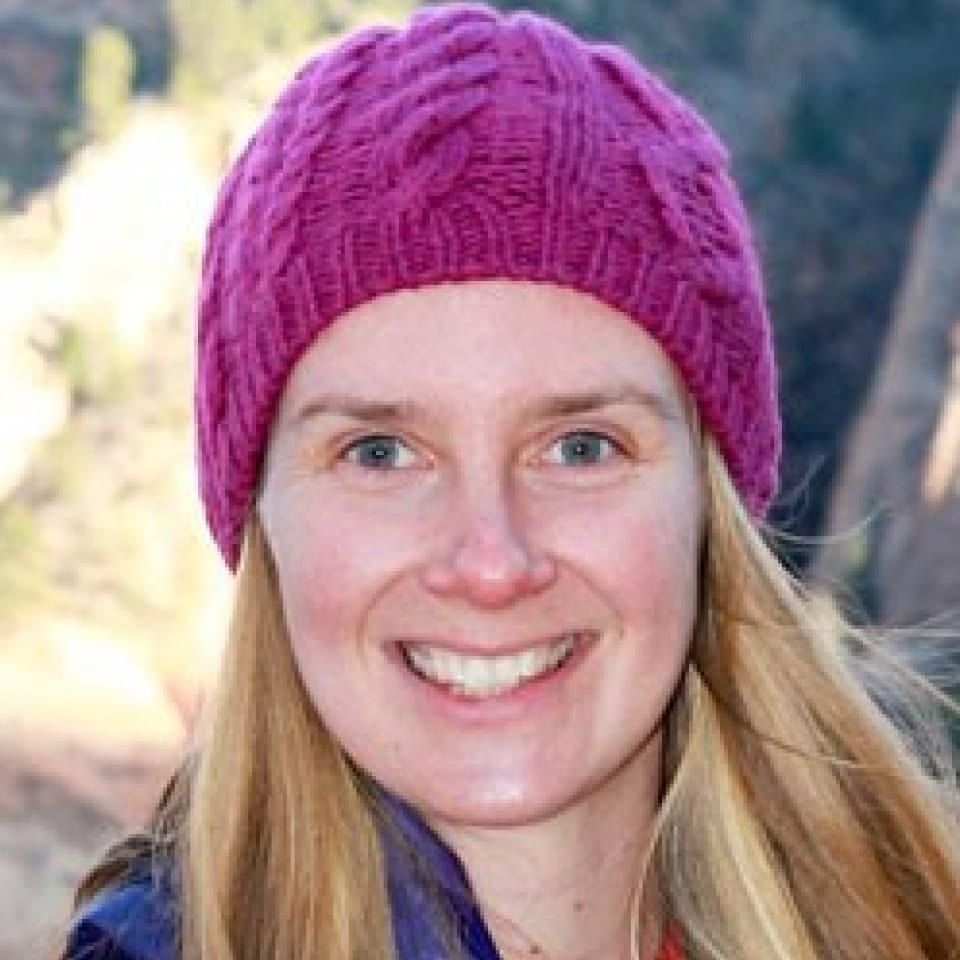
Elisabeth Krause
Department of Astronomy, University of Arizona
Discipline: Astronomy, Astrophysics, Cosmology
Cosmology in the 2020s will have access to a wealth of data from ambitious surveys across the electromagnetic spectrum. The Krause research group synthesizes analytical and numerical modeling of multiple cosmological observables and targets degeneracies in the parameter space of physics discoveries vs. systematics uncertainties, in order to unlock the full constraining power of these data sets.
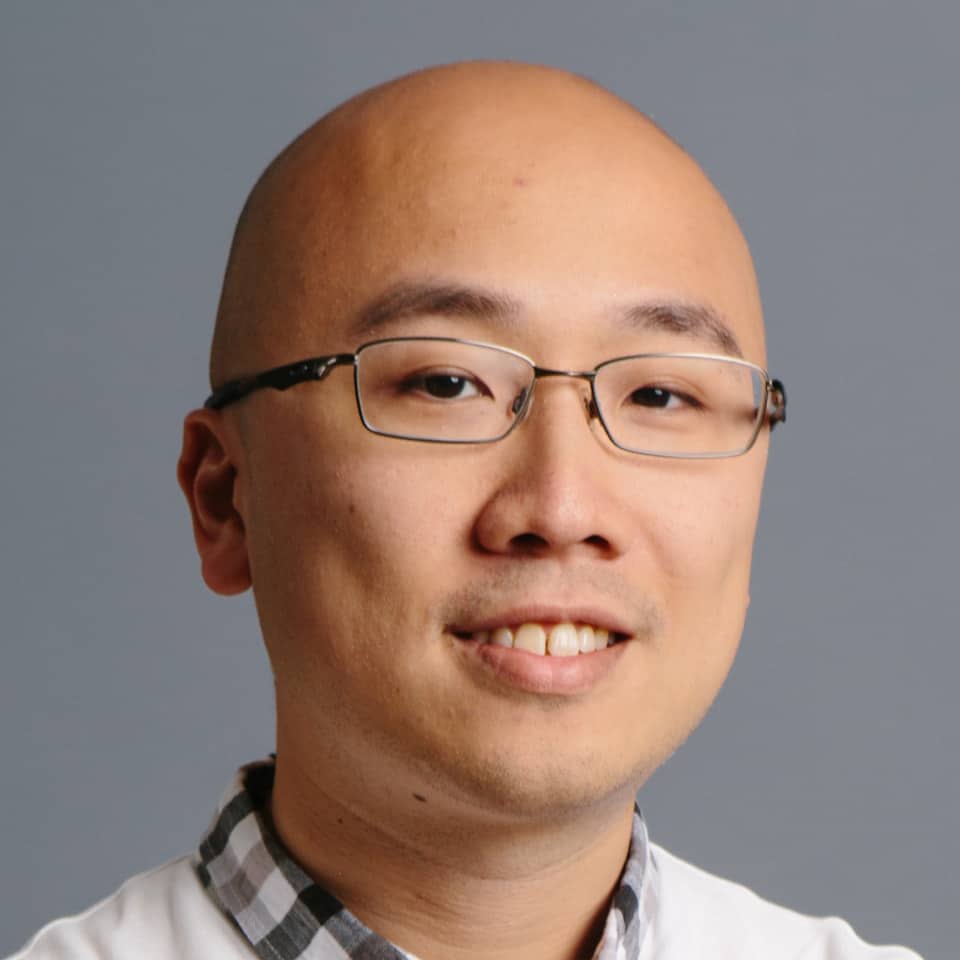
Yin Tat Lee
Paul G. Allen School of Computer Science & Engineering, University of Washington
Discipline: Computer / Informational Sciences
Optimization is a fundamental task used in many fields of science and engineering. Lee’s research group combines ideas from continuous and discrete mathematics to develop faster optimization algorithms for basic optimization problems, such as the maximum flow problem and linear programming.
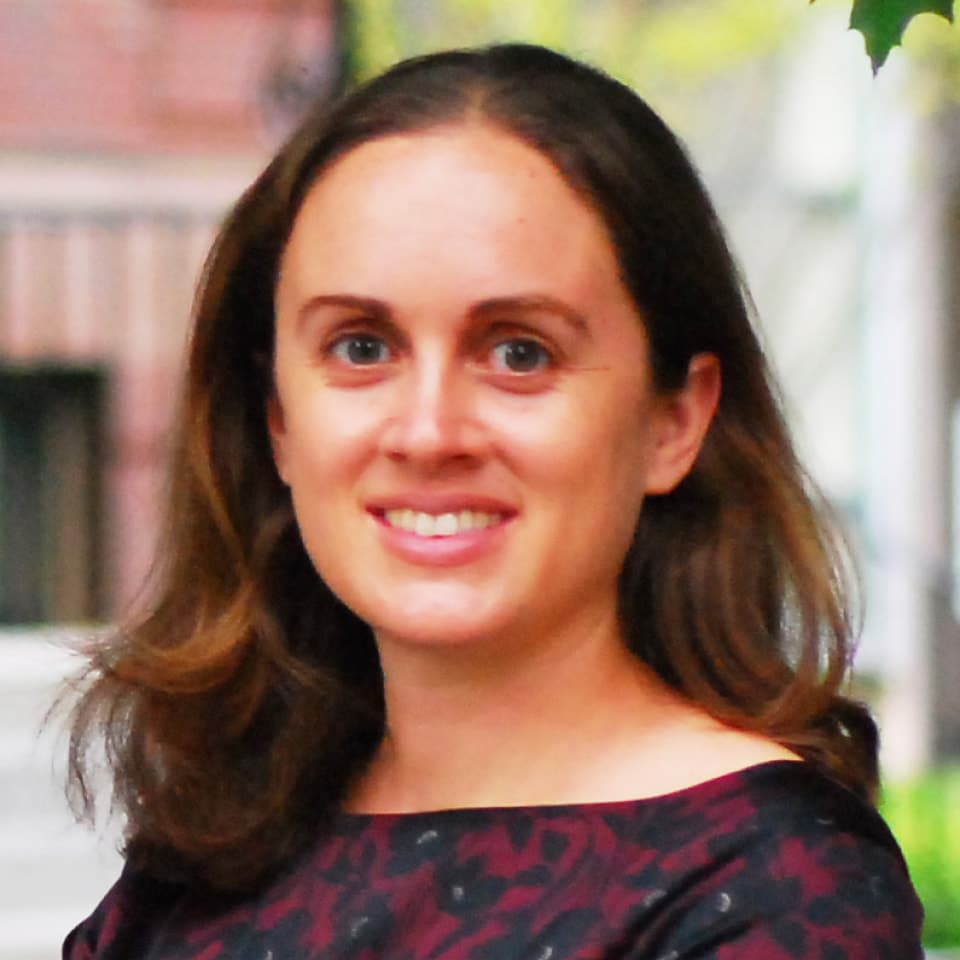
Julia Mundy
Department of Physics, Harvard University
Discipline: Physics
In some materials, quantum mechanics transcends from the microscopic length scales to the macroscopic and in doing so can produce spectacular effects. Mundy’s group combines atomically-precise thin film synthesis with picoscale electron microscopy imaging to design, construct, and probe new quantum materials.

Shruti Naik
Department of Pathology, NYU Langone Health/NYU Grossman School of Medicine
Discipline: Biological Sciences
Our body’s barrier tissues, such as the gut, lungs, and skin, interface with the terrestrial world and are inundated with microbial, chemical, mechanical, and thermal stimuli. The Naik lab studies how tissue stem cells, which maintain barrier tissues throughout our lifetimes, sense, respond, and adapt to environmental influences to promote health or drive disease.
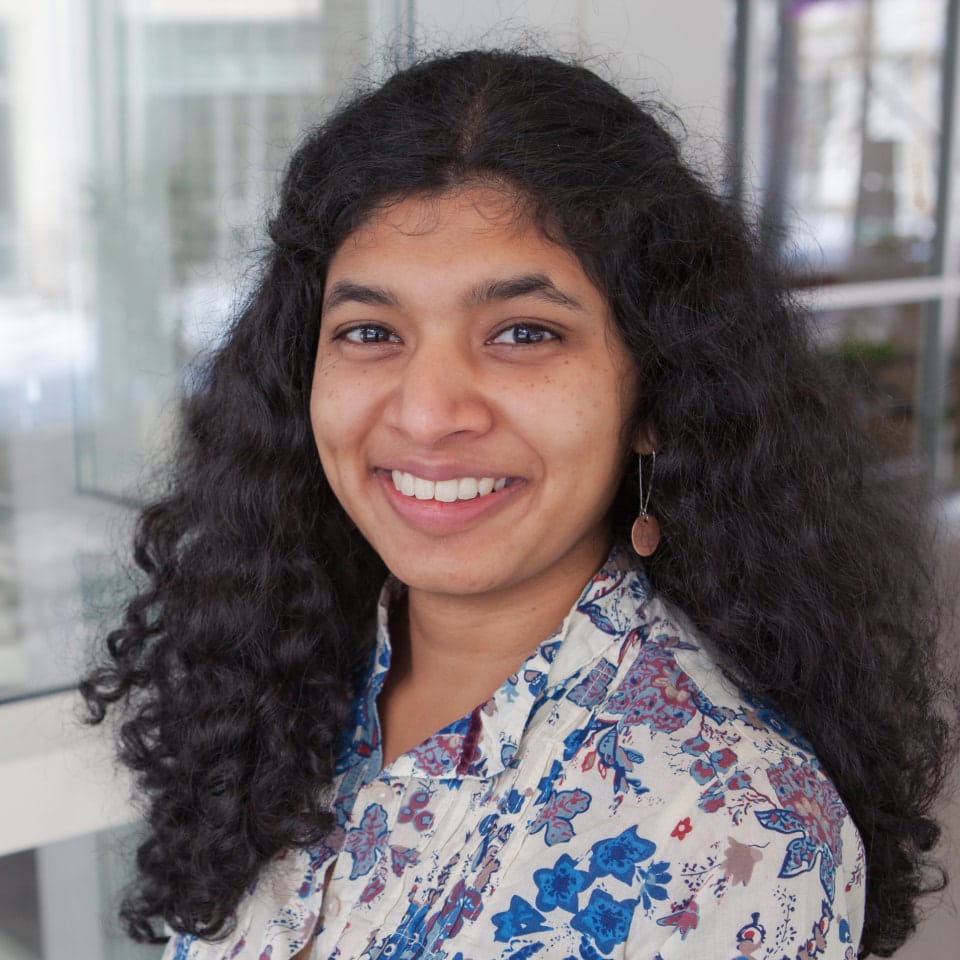
Dipti Nayak
Department of Molecular and Cell Biology, University of California, Berkeley
Discipline: Biological Sciences
Despite being ubiquitous, members of the domain Archaea are among the least-characterized life forms on Earth. The Nayak research group is developing genetic platforms to study a group of Archaea called methanogens. Using these tools, they will garner a comprehensive understanding of the Archaea, and apply this understanding toward developing sustainable fuel sources and alleviating the ongoing climate crisis.
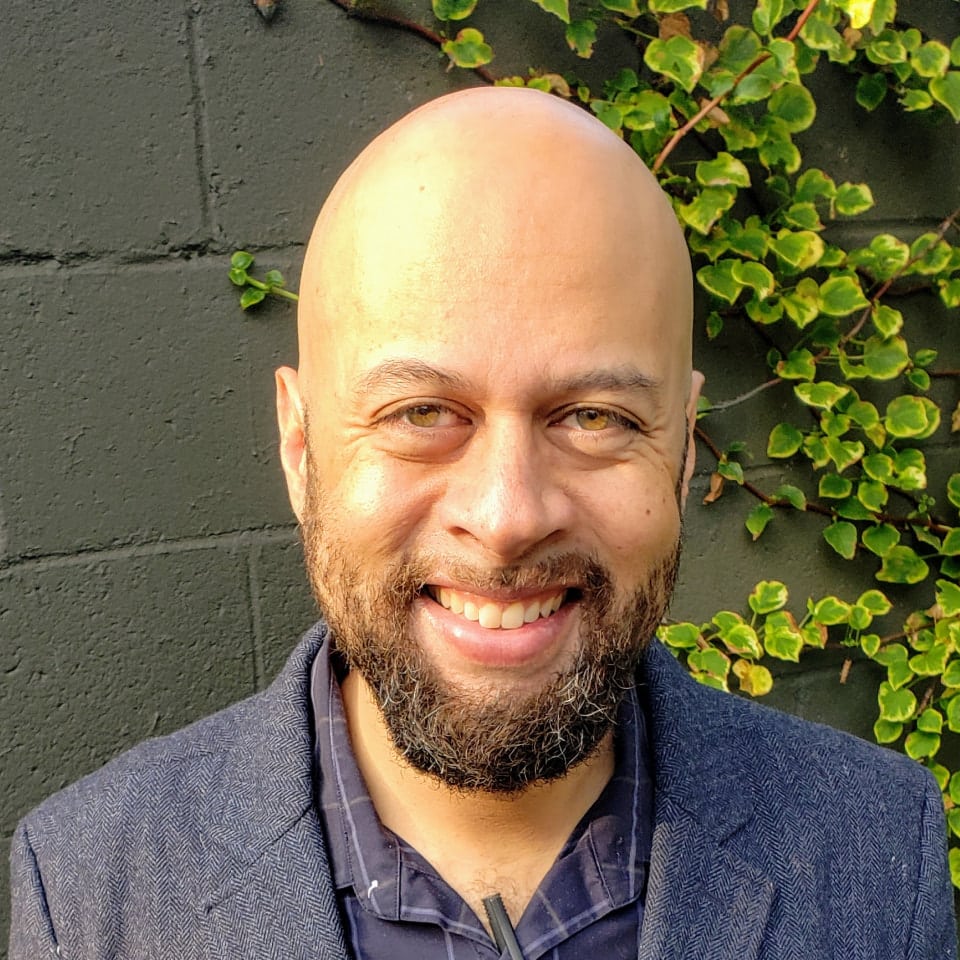
Carlos Ponce
Department of Neuroscience, Washington University
Discipline: Neuroscience
The Ponce laboratory works to understand how the brain represents visual information from the natural world, a mechanism behind essential processes such as object recognition. The lab uses a combination of electrophysiology, behavioral tasks, and machine learning technologies to explore how neurons in the primate cortex communicate and create a visual experience of the world.
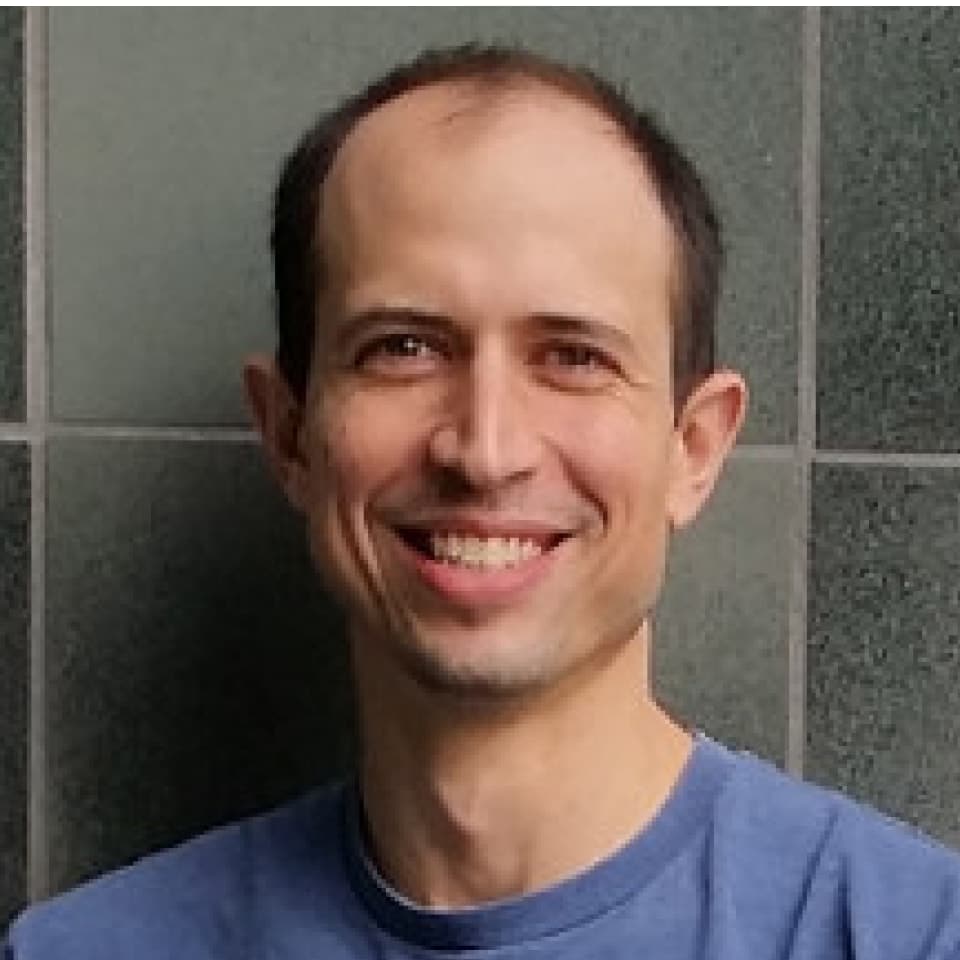
Aviad Rubinstein
Department of Computer Science, Stanford University
Discipline: Computer/Information Sciences
Rubinstein’s research focuses on a core question in theoretical computer science: What can be computed efficiently? This is important for designing better algorithms, and also for understanding processes in economics, biology, and physics that implicitly carry out complex computations.
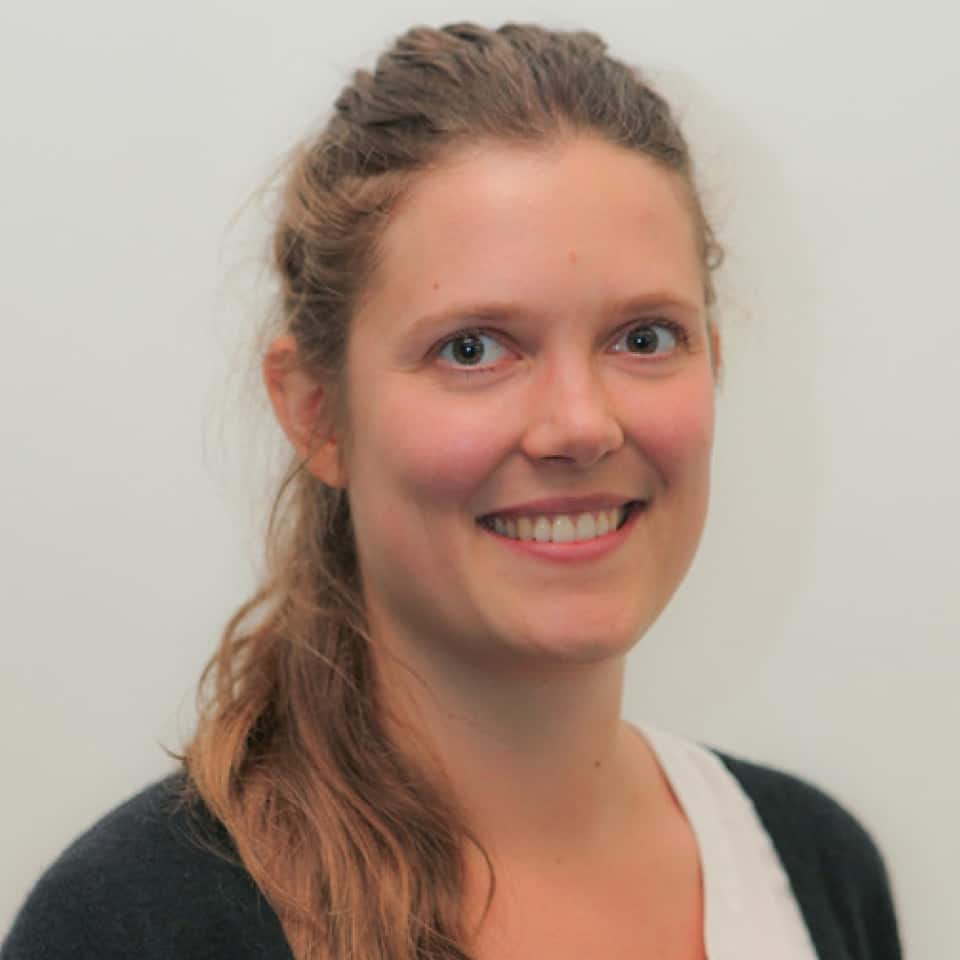
Leslie Schoop
Department of Chemistry, Princeton University
Discipline: Chemistry
Quantum materials have helped our world to become digital. New innovations, like fault tolerant quantum computers, can be made with new types of quantum materials. The Schoop lab applies principles of traditional chemistry to understand such materials. In this way, the team is predicting and synthesizing novel compounds of interest for a wide range of applications.
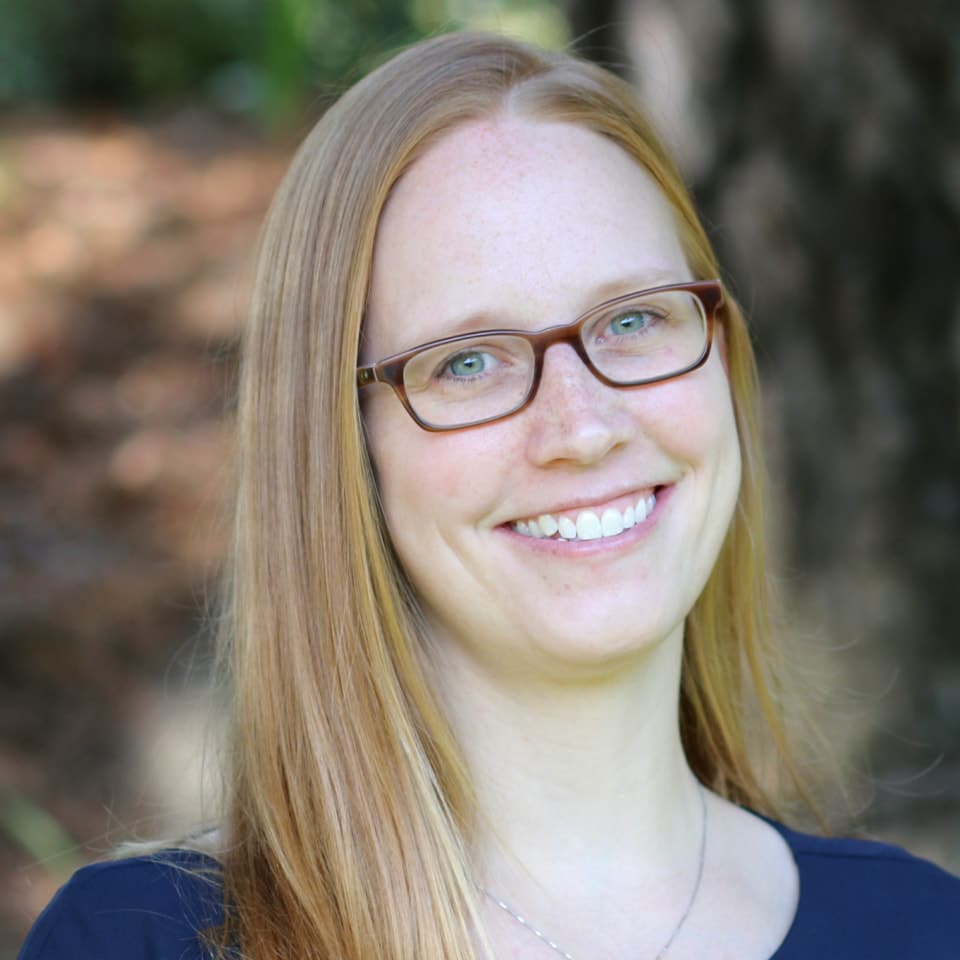
Kimberly See
Division of Chemistry and Chemical Engineering, California Institute of Technology
Discipline: Chemistry
Energy storage is a key element of a sustainable energy future. The See lab pursues a fundamental understanding of new charge storage chemistries for batteries that go beyond conventional Li-ion technology. The lab studies the electrochemistry of multivalent and multielectron processes in electrodes and electrolytes, focusing on abundant resources.
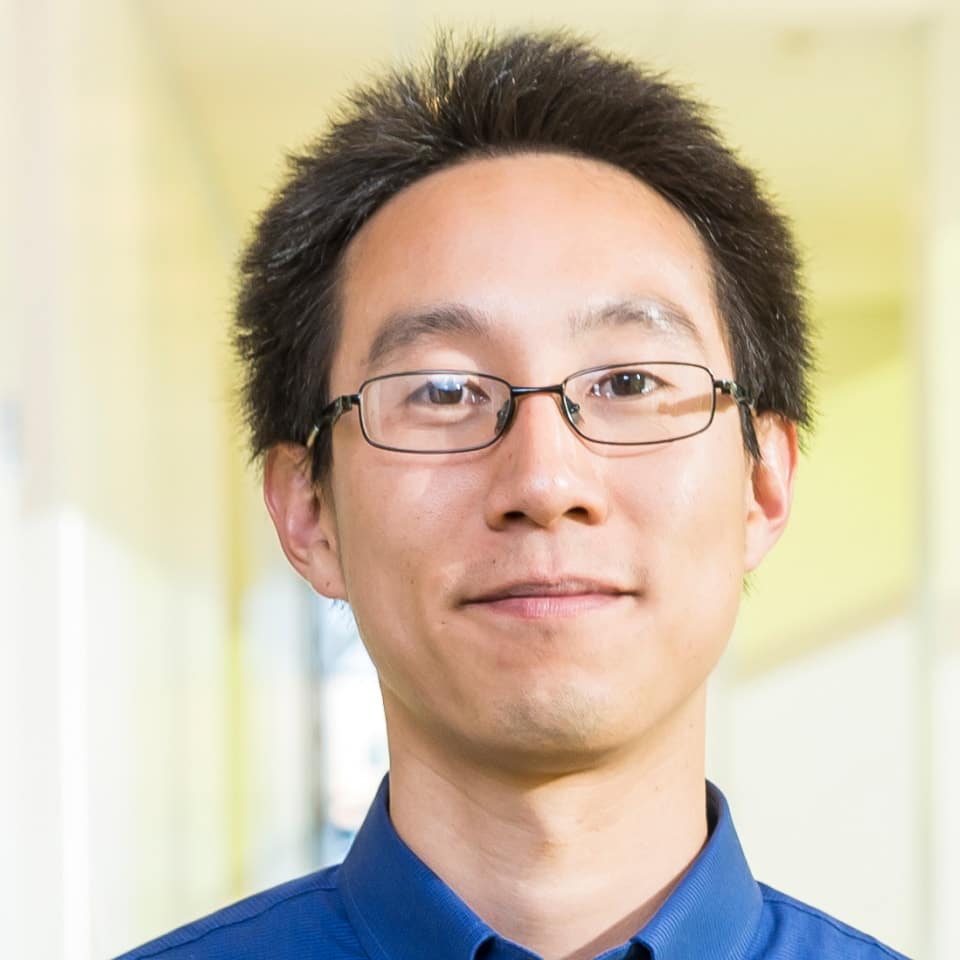
Patrick Shih
Department of Plant Biology, University of California, Davis
Discipline: Ecology, Evolutionary Biology
The biological innovation of photosynthesis fundamentally altered the trajectory of the planet and life on Earth. The Shih lab leverages synthetic biology techniques to unravel the origins of photosynthesis over geological timescales, which may in turn shed light on novel approaches to improve photosynthesis in agricultural crops.
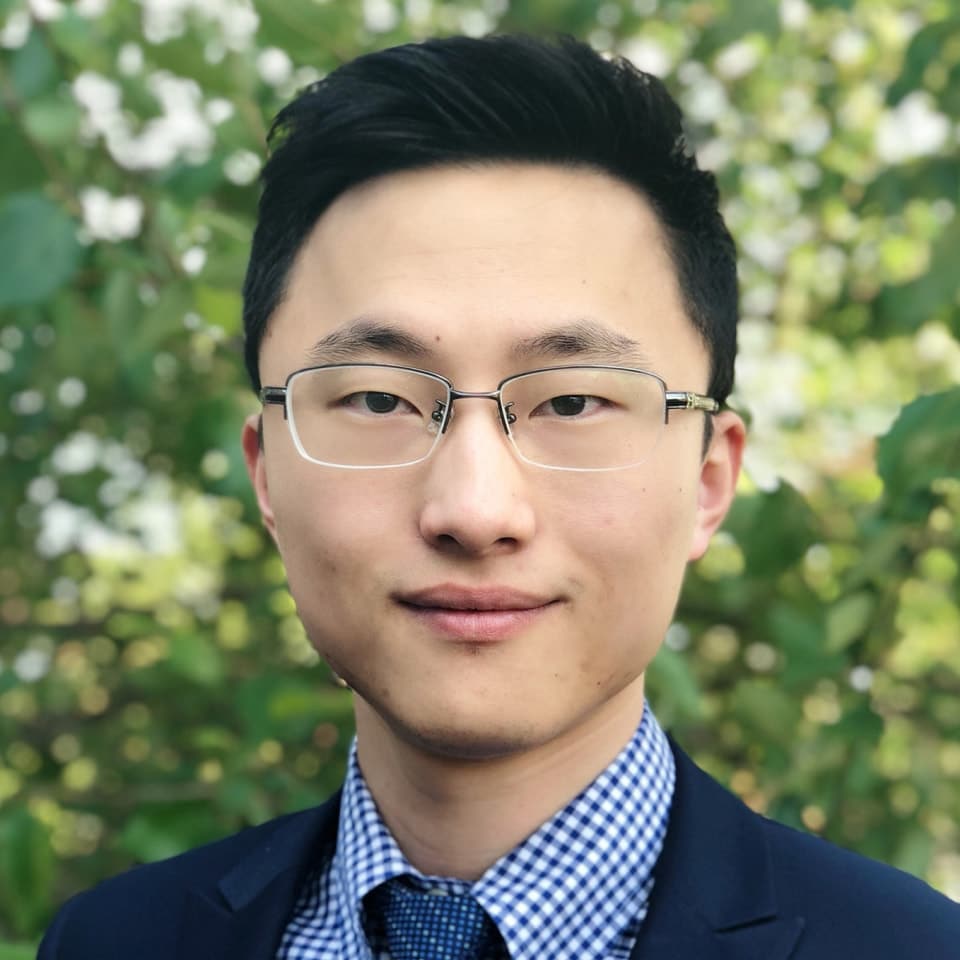
Haotian Wang
Department of Chemical and Biomolecular Engineering, Rice University
Discipline: Chemistry
The Earth is producing more carbon dioxide than its ecosystem can bear. The Wang Group designs catalysts and reactors that can utilize renewable electricity to convert this greenhouse gas back into fuels or chemical feedstocks, creating a closed carbon loop.

